Planning a two-week trip to Indonesia?
17000+ islands. Volcanoes. And exceptional cultural experiences. Indonesia is a perfect destination.
However, it's impossible to see everything in just two weeks. How do you fully enjoy your journey? I've made a two-week travel itinerary. You will get one that combines Indonesia's must-see attractions with some downtime, ideal for anyone. Let's travel smart so you will get all the best parts!
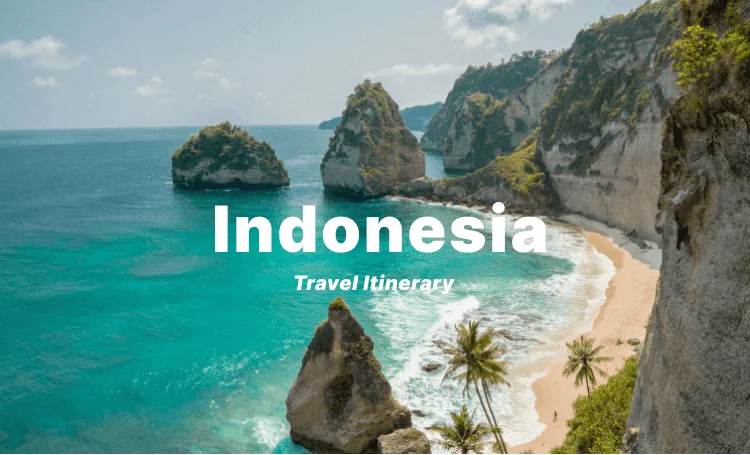
1. Considerations When Planning Your Indonesia Travel Itinerary
Some of you may be confused about how to plan a trip. There are a few key factors that help.
The first is the budget, which will dictate much of your trip's theme—economy or luxury. Another factor related to budgeting is timing. When will you go to Indonesia? You can choose different seasons, including peak season, shoulder season, low season, and rainy or dry season.
Besides, the time of year is crucial in deciding on activities, i.e., what to do each day, such as a beach day or a hike. Next comes the style of travel you prefer. Local culture, outdoor excursions, or food tours? Plan your trip based on your interests.
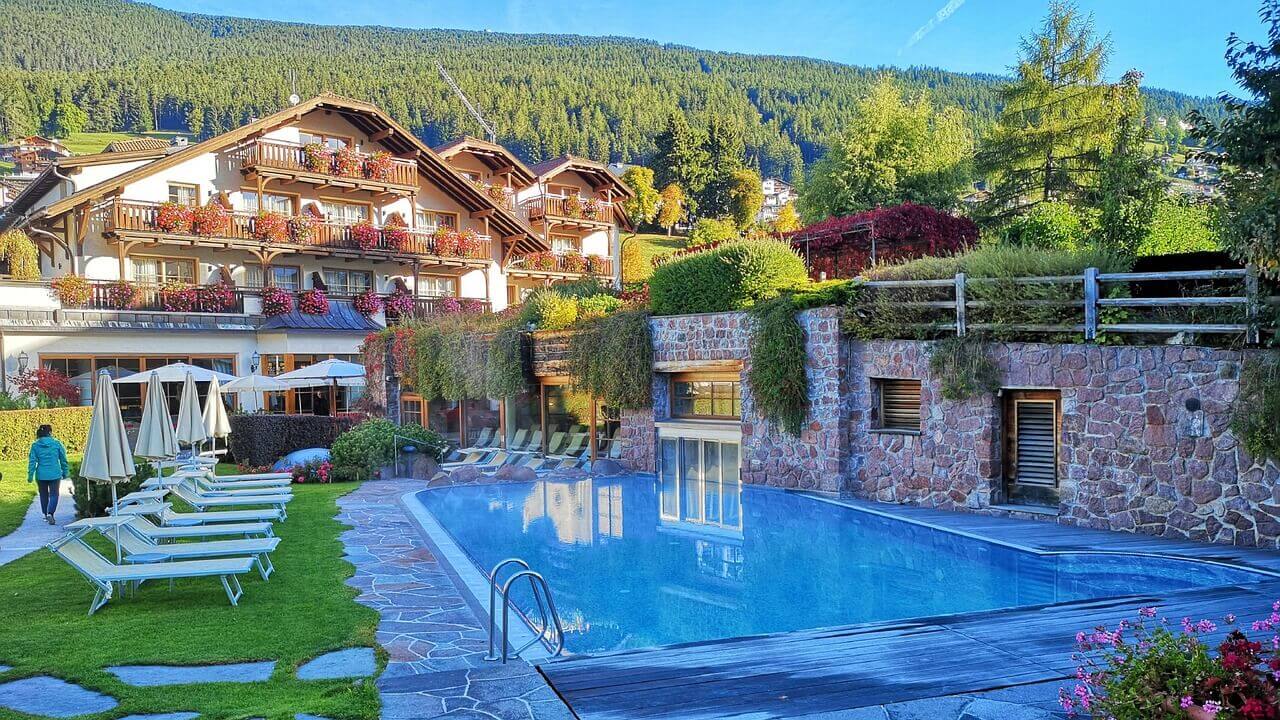
Finally, consider your health and the downtime you need each day to recharge. Indonesian travel often involves daily outdoor activities, so think about your physical readiness for things like midnight hiking or mountain climbing.
These considerations help me create an ideal plan every time. I hope it works for you, too. Okay, that's all I want to say before we start the 14-day journey. Now, let's move to the next part.
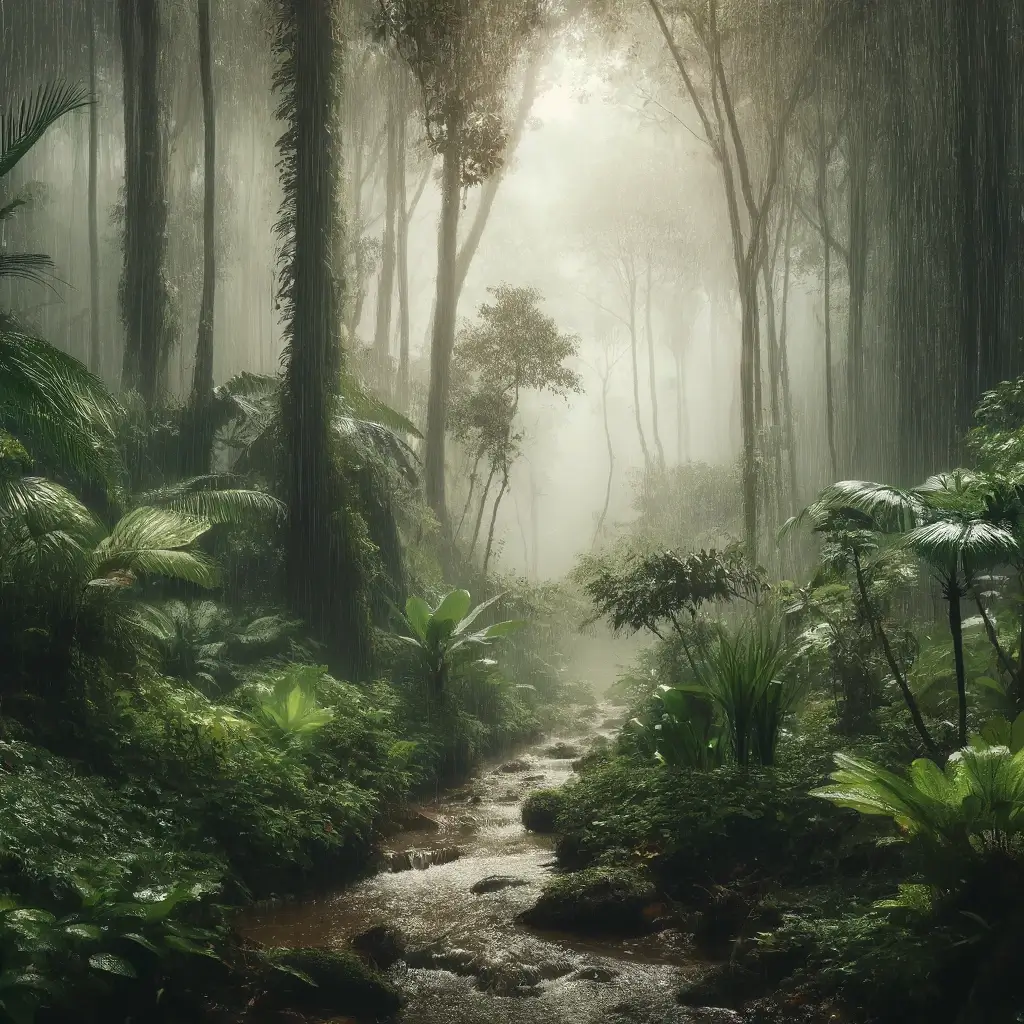
2. Ultimate Two-Week Indonesia Itinerary Recommended
Overview:
First, let's start your itinerary in Surabaya. Here, you need to prepare before marveling at the majestic Tumpak Sewu Waterfall. Ready for more? Over three days, you'll explore two of Indonesia's stunning volcanoes, Mount Bromo and Mount Ijen.
Next, we turn our focus to Bali. You will see dolphins in Lovina. Moreover, your journey continues in Ubud, the cultural heart of Bali. It's not finished yet. Imagine immersing yourself in a cultural tour, relaxing on a tranquil beach, and finding peace in a spa. Does this excite you? Check out the table for more details:
Indonesia 14-Day Trip Table
Day | Destination | Activities |
1-2 | Surabaya | Arrival, Shopping for essentials, City Tour |
3 | Tumpak Sewu | Visit Tumpak Sewu Waterfall |
3 | Mount Bromo | Travel to Bromo, Rest |
4 | Mount Bromo | Sunrise Trek |
5 | Ijen Crater | Midnight trek to Ijen, Witness Blue Flames |
6 | Bali (Lovina) | Transfer to Bali, Rest in Lovina |
7 | Lovina | Dolphin Watching |
8-9 | Ubud | Cultural Tour in Ubud (Temples, Markets) |
10 | Nusa Penida | Travel to Nusa Penida, Explore Kelingking Beach |
11 | Nusa Penida | Explore Angel’s Billabong and Broken Beach |
12 | Bali | Return to Bali, Leisure activities |
13 | Bali | Visit Uluwatu Temple, Culinary Experiences |
14 | Bali | Relaxation, Spa Day, Prepare for Departure |
Day 1-2: Surabaya - Arrival and Preparation
Upon arrival at Surabaya, take some time to settle into your accommodation and prepare for the journey ahead. I wouldn't recommend planning a tight itinerary on day 1 and day 2 because spending more time in traffic is the last thing you want to do after a long flight. A tired body will also prevent you from enjoying the scenery.
So, what can you do?
Exploring the hotel's surroundings is a good idea, or you can beat the jet lag with a cocktail on the nearby beach. Plus, check out the essentials for the rest of your trip, as you likely won't be in a big city for the next few days.
Surabaya is the vibrant gateway to East Java; it's also worth taking a free city tour! Then, get a good sleep to get ready for the adventure!

Familiarize yourself with local transportation options.
Rest well to acclimate to the new time zone and climate.
Day 3-4: Tumpak Sewu Waterfall and Mount Bromo
The first activity starts at the stunning Tumpak Sewu waterfall. Then, the next day, you’ll hike to the mysterious Mount Bromo to enjoy the stunning sunrise. A pair of hiking shoes will be helpful, and of course, other items such as rain gear and sun protection are also essential.
Must-See Attractions:
Tumpak Sewu Waterfall: I would say it is the most worth-seeing waterfall in Indonesia. This stunning tiered waterfall features a huge water curtain surrounded by a tranquil natural pool, making it the perfect place to cool off!
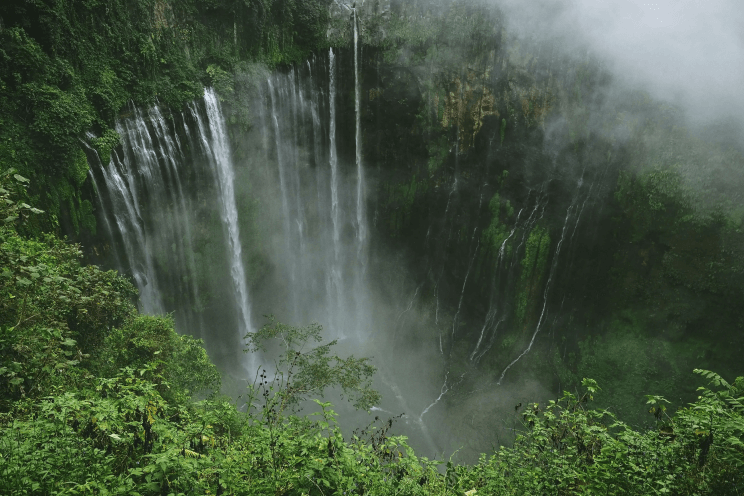
Mount Bromo (active volcano): What makes it special? The ethereal landscapes, especially at sunrise. You have to see the cloud-shrouded view from the crater edge—to describe it in one word: breathtaking.
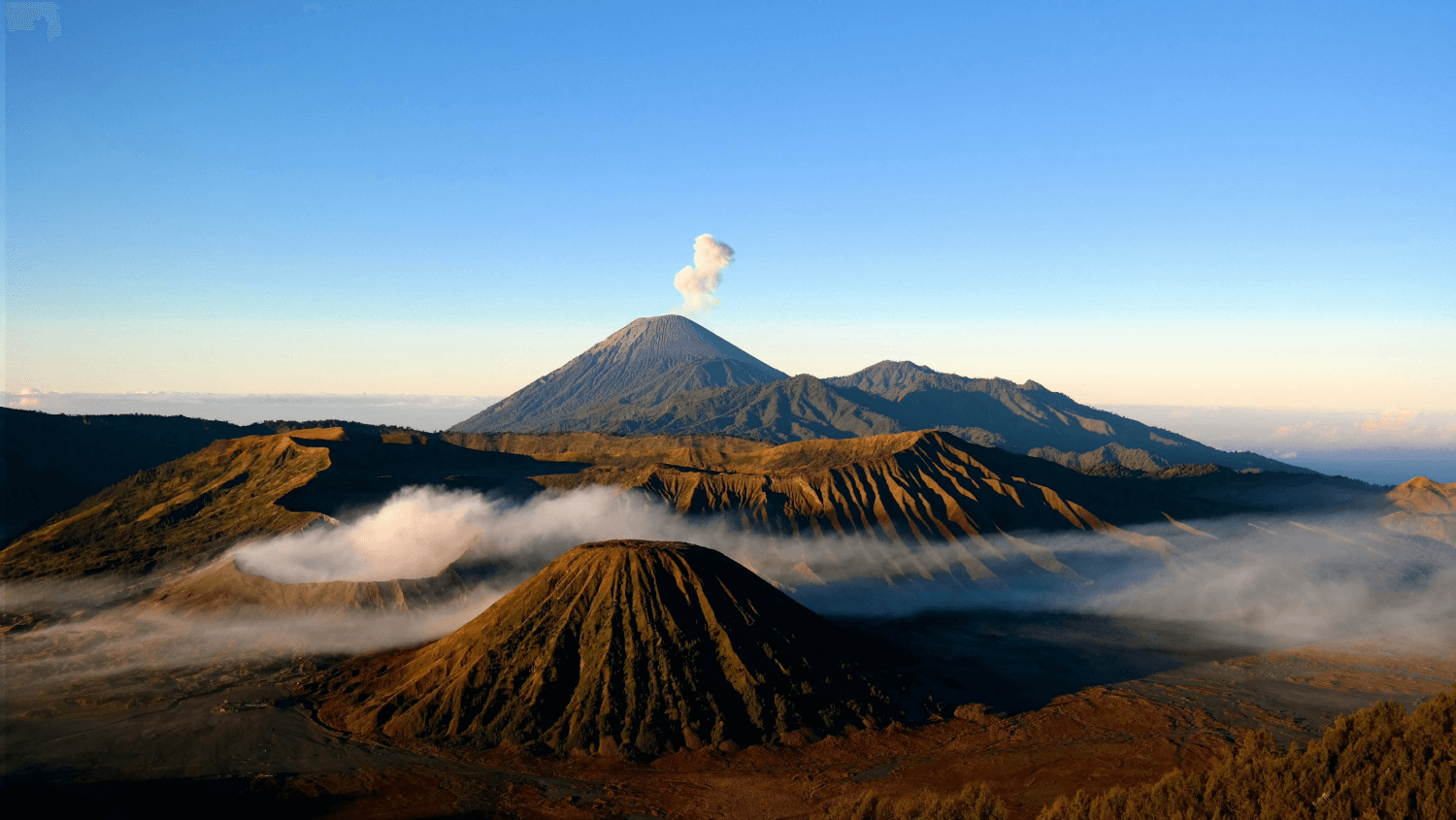
Where to Stay:
Stay near Mount Bromo to ensure an easy early morning start for the sunrise trek.
Bring a waterproof jacket as the waterfall area can be misty and wet.
Start the Bromo trek early to secure a good spot for sunrise viewing.
Day 5-6: Ijen Crater and Transfer to Bali
Mount Ijen is another famous volcano to visit after Mount Bromo. After returning from Ijen, you go to Bali.
What’s the best part of Ijen?
The midnight hike.
The large acidic lake glows a surreal turquoise daily.
The dramatic blue flames come from the combustion of sulfur gas in volcanic fissures.
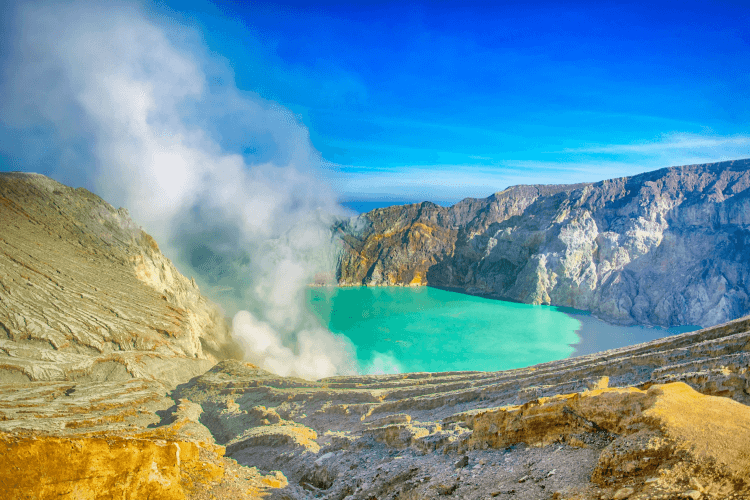
Where to Stay:
Choose accommodations in Lovina to enjoy the quieter side of Bali, perfect for unwinding after the trek.
Wear sturdy hiking boots and a gas mask for the Ijen trek.
Plan your ferry transfer to Bali in advance to avoid delays.
Day 7-8: Dolphin Watching and Ubud Cultural Tour
In Bali, start by watching dolphins in Lovina. This experience requires an early start—usually around 5 a.m.—but it promises to be one of the last early mornings of your trip and is worth the wake-up call.
Then you will go to Ubud. There, you can explore the serene Water Temple, Ubud Market, and more. Or indulge in a relaxing spa evening in Ubud to cap off a busy week.
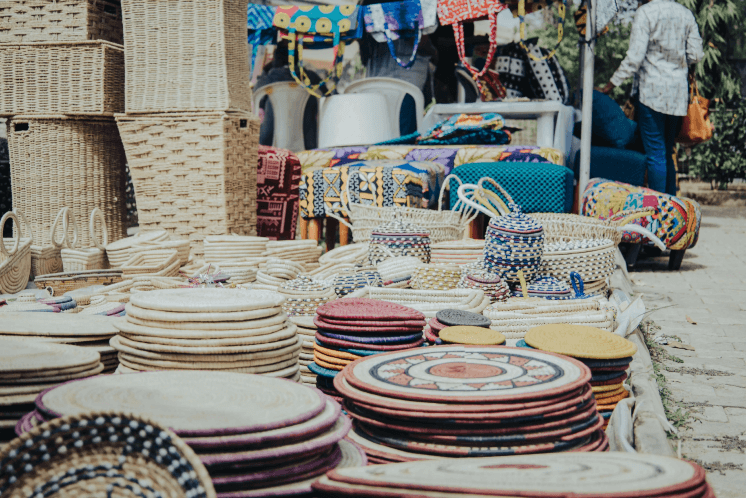
To-do List:
Dolphin Watching in Lovina: Board a boat at dawn in Lovina to witness pods of dolphins gracefully swimming and jumping near the coast—a peaceful start to any day.
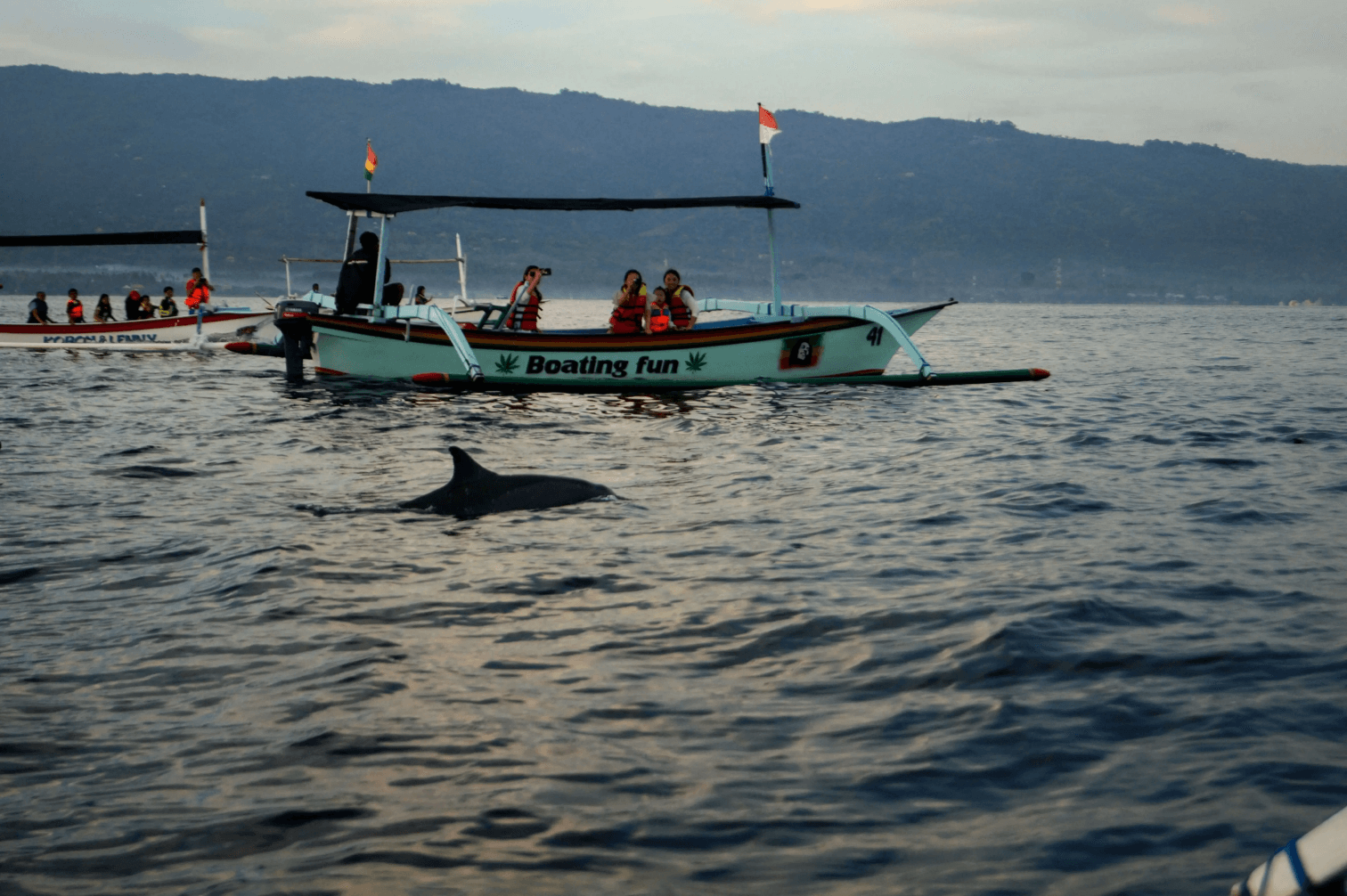
Cultural Sights in Ubud: Explore the cultural heart of Bali with visits to Ubud Palace and bustling Ubud Market, surrounded by the iconic lush green rice terraces.
If you're interested in adding more to your day, consider visiting the Holy Spring Temple, the lush greenery of the Rice Terraces, Ubud Palace, etc.
Where to Stay:
Stay in Ubud to be close to cultural sites, markets, and dining options.
Book your dolphin tour in advance.
Rent a scooter in Ubud to explore the surrounding countryside.
Day 9-10: Nusa Penida Exploration
Enjoy the luxury of sleeping. Then, I recommend exploring two of Ubud’s captivating waterfalls. For a bit of excitement, add an ATV jungle ride to your itinerary. It will lead you to the lush landscapes in a fun and adventurous way.
Later, go to Sanur to catch the afternoon boat to Nusa Penida. You’ll have two full days to explore this island, known for its breathtaking landscapes, dramatic cliff views, crystal-clear waters, and secluded beaches. I suggest dividing your time between the east and west lines of Penida. The west line is also a good place for a snorkeling trip. Then, return to Bali.
To-do list:
Kelingking Beach: This beach is renowned for its unique T-Rex-shaped cliffside and stunning panoramic views of the ocean, making it a top spot for photographers and adventurers.
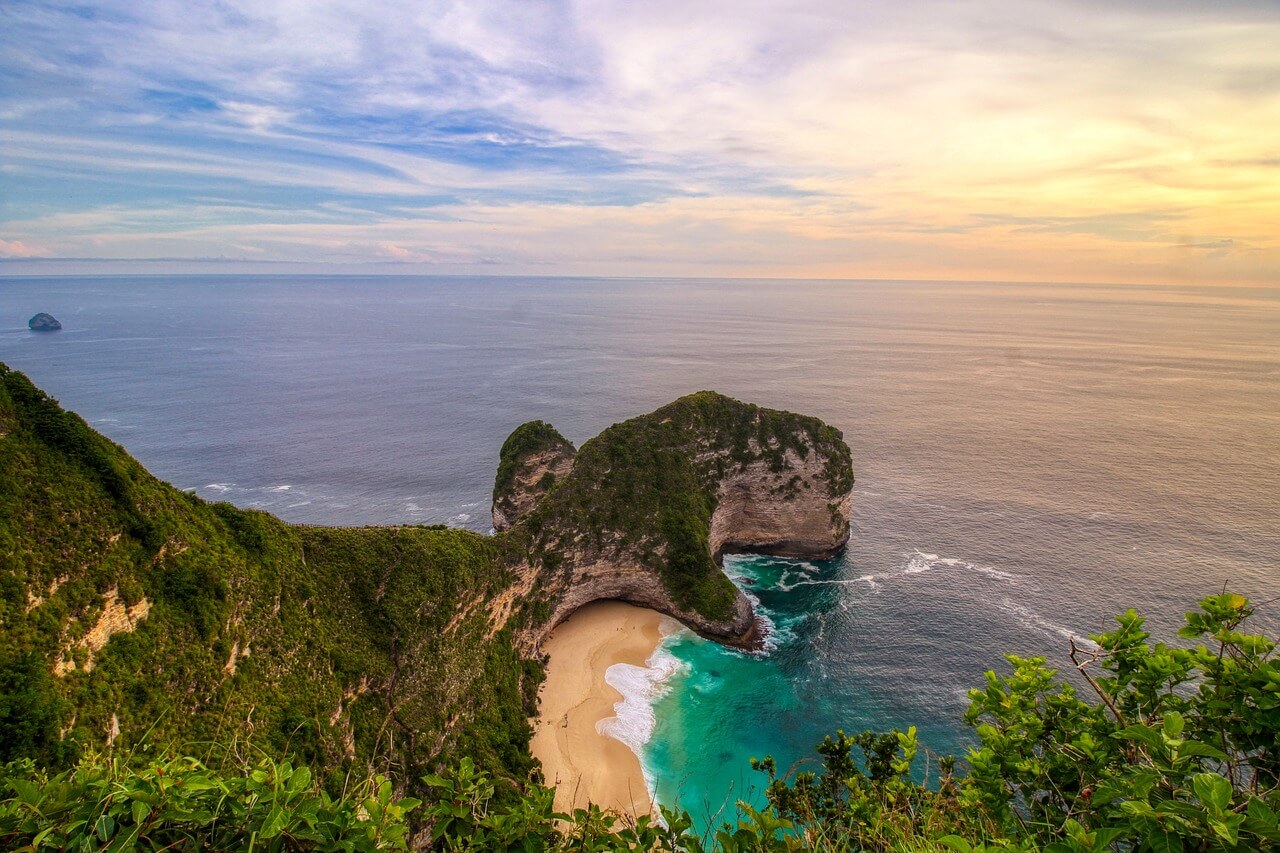
ATV jungle ride
Angel's Billabong and Broken Beach: These adjacent natural wonders offer incredible scenery. The first one is a natural pool framed by rock cliffs, and Broken Beach is famous for its archway that frames the sea.
Snorkeling
Where to Stay:
Return to mainland Bali each evening or stay on Nusa Penida for a full island experience.
A pair of comfortable shoes is a must, as the terrain can be rugged.
Boats are the main means of transportation between Nusa Penida and elsewhere, so add the boat schedule to your alarm clock to ensure a timely return.
Day 11-14: Leisure and Cultural Activities in Bali
The final part is all in Bali. Here you will find leisure and cultural activities, from beaches and significant temples to renowned culinary scenes. Plus, you can visit Uluwatu.
Uluwatu is known for its breathtaking sea views from places like Lover's Cliff and Cliff Road and its rich cultural heritage, which is evident at Garuda Wisnu Kencana Cultural Park.
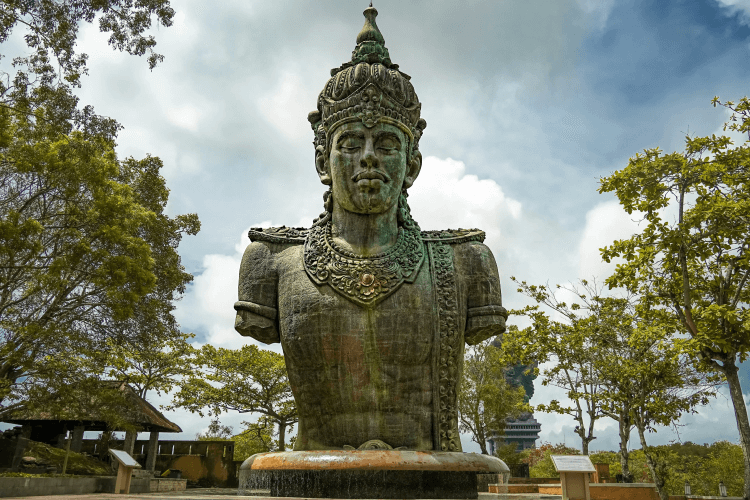
To-do list:
Lover's Cliff and Cliff Road
If you're seeking adventure, consider paragliding over the stunning coastline for a bird's eye view of the island's dramatic landscape.
Uluwatu Temple: This temple sits dramatically on a steep cliff, providing awe-inspiring views of the Indian Ocean and a perfect backdrop for the mesmerizing Kecak fire dance at sunset.
Culinary Experiences: Taste special dishes and experience Bali’s rich food atmosphere. Some recommendations are Babi Guling (juicy roasted pig) and Lawar, a traditional mixture of vegetables, coconut, and minced meat seasoned with rich herbs and spices.
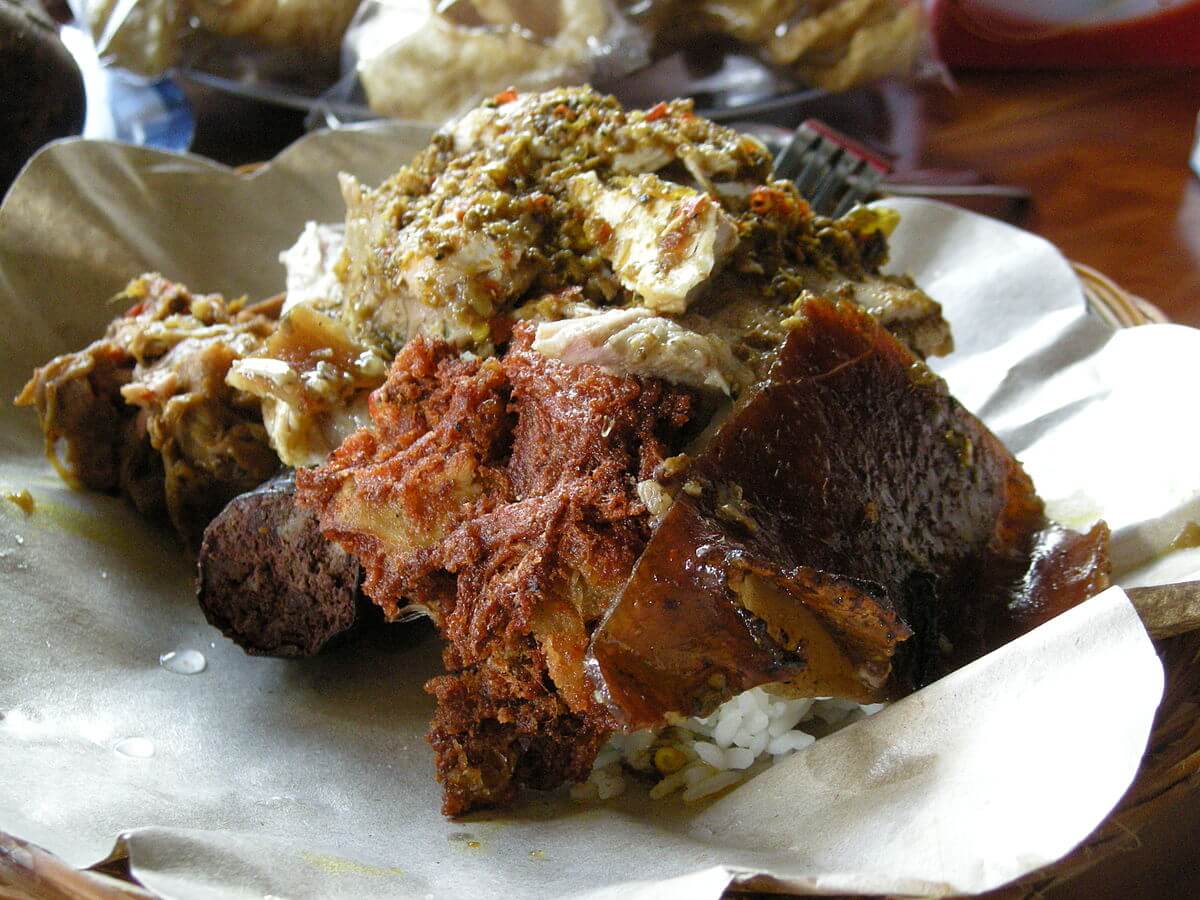
Where to Stay:
Stay in a central location with easy access to beaches, restaurants, and nightlife. Additionally, Bali has world-class hotels such as Seminyak or Kuta so you can truly indulge in the Bali luxury experience.
Attend a traditional Kecak dance performance at Uluwatu.
Spend your last day relaxing at one of Bali’s many spas for a perfect end to your trip.
Shortening the 2-week Itinerary:
If you need to shorten this 2-week itinerary, consider reducing time in Nusa Penida or skipping some of Ubud's less essential cultural visits. Another option is to streamline your time in Surabaya at the beginning of the trip.
3. Top 10 Indonesian Food
What should we not miss when traveling? A real local taste. Indonesian cuisine has vibrant flavors and diverse ingredients, with a unique and exciting blend of spicy, sweet, and savory flavors. Plus, it’s often topped with rice and various spices. Here, I've chosen 10 of my favorite drinks and foods. They're all famous, and they're both famous and delicious.
1. Nasi Goreng:
Fried rice. The Indonesians add a local sweet soy sauce called kecap manis. On top of it, there is a fried egg and some prawns.
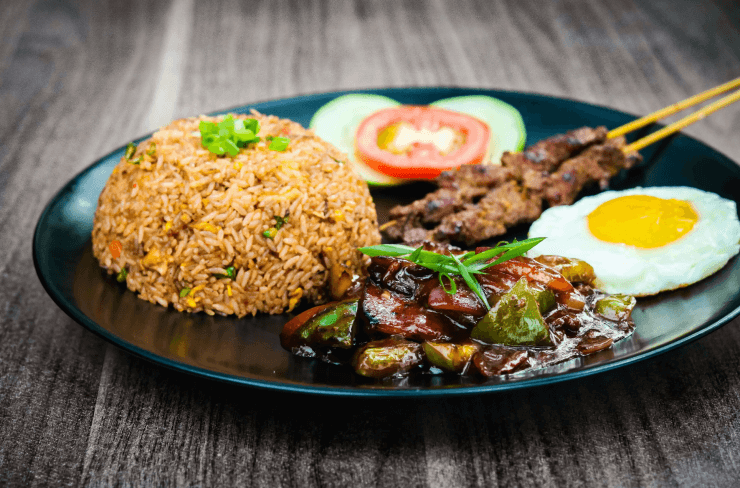
2. Satay:
Picture this: meat on a stick, grilled and dipped in the tastiest peanut sauce.
3. Bakso:
It’s soup. Be careful—it's really filling! The main ingredient is beef and tapioca meatballs. Noodles, eggs, and sometimes vegetables also floated in the soup. How do you find it? Don't worry—it's everywhere.
4. Gado-Gado:
This is a salad, but not your usual kind. It's got all these boiled veggies, covered in a homemade peanut sauce, and sprinkled with eggs and crispy onions. The locals always eat it on a hot day; fresh and tasty!

5. Rendang:
Beef dish. Guess what to cook with? Coconut milk and spices! Cook slowly until all tender and full of flavor. You have to try it!
6. Soto Ayam:
A chicken soup with noodles and is yellow from turmeric. You add rice and top it with egg slices. It’s everywhere, and each place makes it a bit different.
7. Pisang Goreng:
Fried bananas! They’re a snack or a dessert, sometimes with sugar or chocolate on top. Simple but really good.
8. Es Campur:
When it's hot, this is what you want. It's shaved ice with fruits and jellies all mixed up. Sweet, refreshing, and looks pretty cool too.
9. Babi Guling:
In Bali, I had this roast pork that’s cooked on a spit with herbs and spices. The skin gets all crispy. It’s a big deal there and super delicious.
10. Martabak Manis:
They call this an Indonesian pancake. It's thick sweet, and they fill it with stuff like chocolate, peanuts, or cheese.

4. Additional Tips for Indonesia Traveling
Packing Essentials
Packing right makes your Indonesia trip smoother. Have no idea? Get yourself a list and check them one by one. Generally, I will consider the following aspects:
First up, your passport—you can't leave home without it! Health and medicine come next. Get yourself an aid box for essentials like headache and stomach remedies. Are there any medicines you take daily? It's best to prepare enough medication for the entire trip.
You should also add sun protection to the list for outdoor activities. Finally, all the gadgets, travel adapters, chargers, and anything else you need in your daily life.
Cash and Local Apps
Carry some cash for small purchases, as not everywhere accepts cards and mobile payments. Some Indonesian apps also help a lot with payments and transportation. With GoPay and OVO, you can conduct cashless transactions, including hailing rides, food delivery, shopping, bill payments, and more.
To hail a taxi, use Get Grab and Gojek. Moreover, these apps often offer discounts. Another tip is to install them on your phone before your trip so you don't have to use your eSIM data.
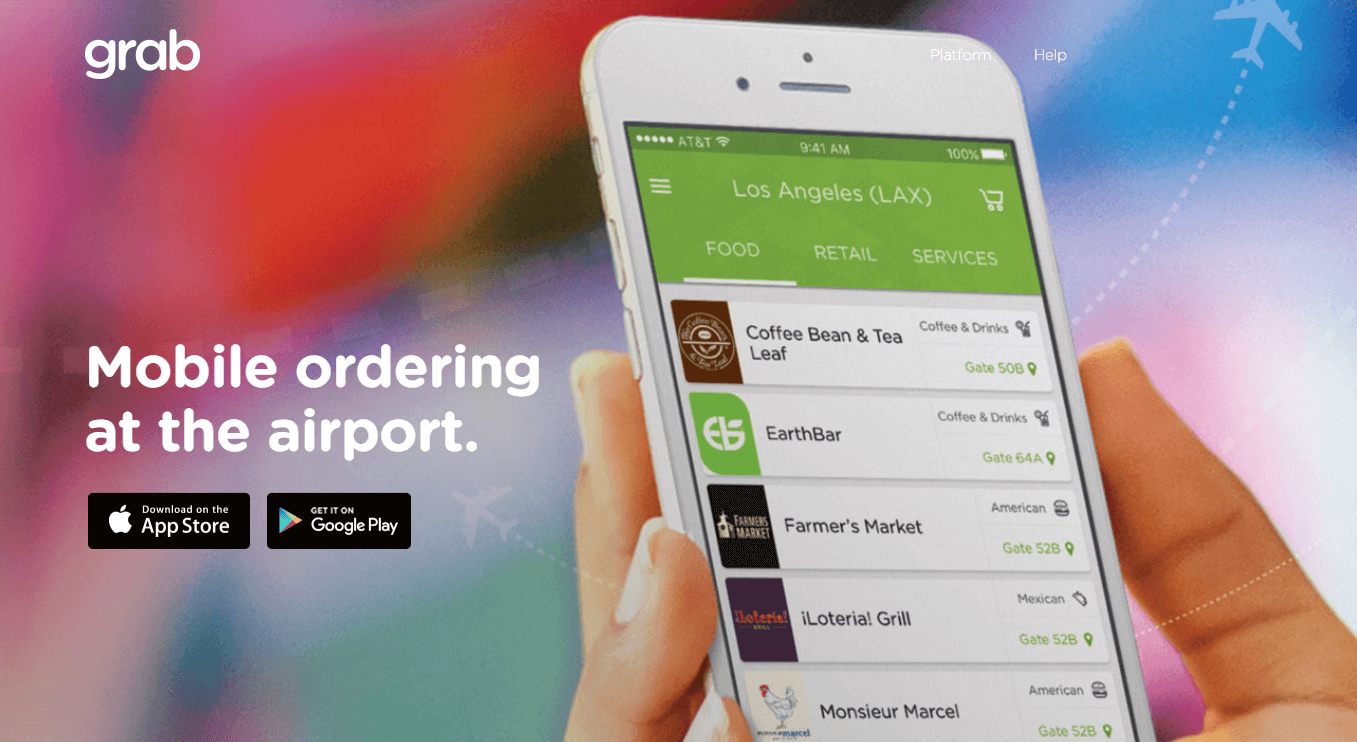
Local Etiquette and Customs
Respect local customs for a positive experience. Greetings such as "Selamat pagi" (good morning) and "Terima kasih" (thank you) are appreciated.
There are several customs in Indonesia that require special attention, such as:
Use your right hand to give and receive items, as the Indonesians consider the left hand unclean.
Dress appropriately when visiting all religious sites.
Avoid touching other people's heads.
Transport Options
Indonesia has various transport options. For long-distance travel, domestic flights are the fastest. You can choose it for journeys between cities. Major airlines include Garuda Indonesia and Lion Air. They connect almost all major cities in Indonesia.
Want to get the scenery along the way? Trains are great for you, especially in Java. Finally, buses provide transportation in even remote areas. In the big cities, public buses and commuter trains are convenient and affordable.
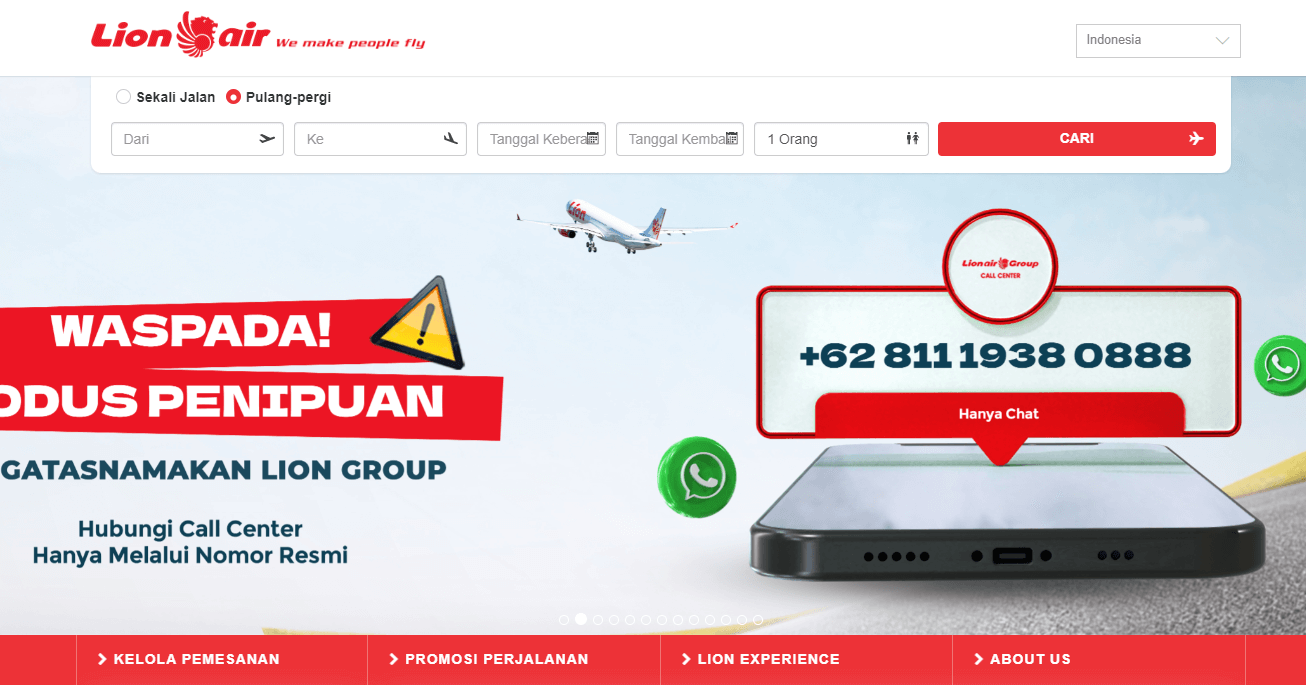
Renting a Car or Scooter
Renting a car or scooter gives you freedom. You can explore off-the-beaten-track locations without the constraints of public transportation. What's so special about a scooter? It allows you to travel in Indonesia like a local.
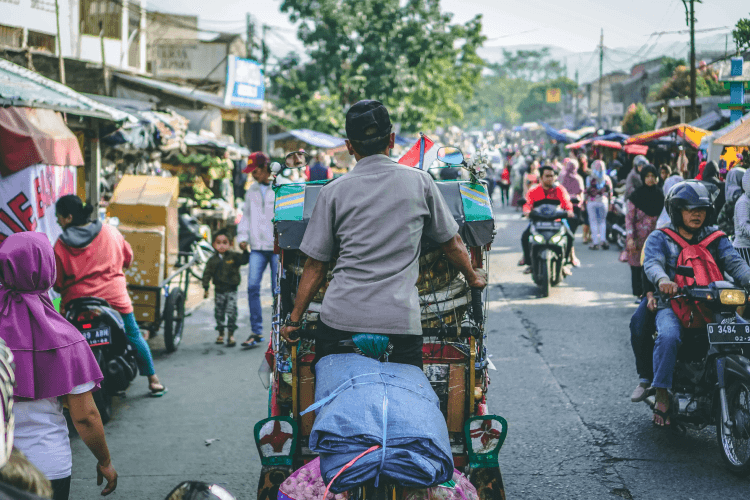
However, there are some things to note. Traffic jams can be common, especially during peak seasons. You don’t want to experience crowded and confusing roads. An international driving permit is required to rent a car or a scooter.
Finally, safety issues, including the local traffic laws and wearing a helmet when riding a scooter, cannot be underestimated. Familiarize yourself with local traffic regulations in advance and wear a helmet when riding a scooter.
Communication
Learn a few basic phrases in Indonesian to help you get by.
In English | In Indonesian |
Hello | Halo |
Please | Tolong |
Thank you | Terima kasih |
Where is | Di mana |
How much | Berapa |
